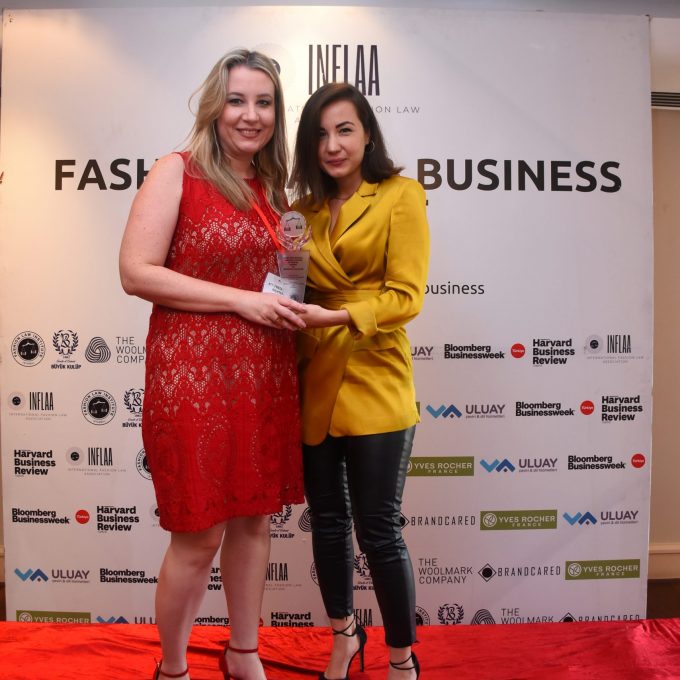Interview: Frederica Richter


1. What are the latest developments in fashion law in your country?
Due to the COVID-19 pandemic, it is estimated that the total value of retail sales of clothing in Brazil fell by more than 30% in 2020, when compared to the previous year. However, this retail segment posted a significant recovery the following year, increasing its sales revenue by more than 25%. The Brazilian consumer is also more aware, and wants to know if the brand has sustainable practices.
Clothing production in Brazil decreased by about 18.7% in 2020, showing a strong change in Brazilian production compared to the numbers recorded from 2015 to 2019. During these years, the South American country maintained an average of approximately 5.8 billion garments produced per year. This expected drop in clothing production in Brazil is associated with the economic impact of the COVID-19 pandemic, caused by the new Coronavirus SARS-CoV-2.
China was by far the main country of origin for imports of textile and apparel products in Brazil in 2020, with a trade value of nearly 2.4 billion U.S. dollars. By a wide margin, India and Paraguay followed second and third, with approximately 267 and 196 million U.S. dollars in imports, respectively.Brazil is struggling to reduce china’s import dependency on raw materials, due to the high cost of the dollar in relation to the Brazilian currency and also the high cost of import rates.
In that same year, Argentina was the top recipient of Brazilian textile and clothing exports. In other hand, main destinations of textiles and clothing exports 2020, Argentina was the main destination country for textile and apparel exports from Brazil in 2020, with a value of approximately 181 million U.S. dollars. The United States and Paraguay were the second and third most important export partners for the Brazilian textile and clothing industry that year, with 104 and 80 million U.S. dollars in exports, respectively.
In relation to fashion law, we can observe a greater number of clients seeking legal assistance for negotiation and renegotiation of various contracts. In addition, due to the crisis, there was an increase in entrepreneurial activities, consequently generating an increase in the demand for services in intellectual property, such as trademark registration, patents, and other forms of protection.
Fashion law as a teaching field also had a great impact, because before the pandemic there was only one online course, of which I was the coordinator, and due to the pandemic all courses had to adapt to the online format.
2.As INFLAA, one of our goals is to create common ground for fashion law to become a known field. What do you think is crucial to creating that common ground and making fashion law a world-renowned field?
Unfortunately in Brazil, fashion law is not publicized by universities. The Brazilian Bar Association has been a major agent of innovation, supporting fashion law teaching and practice initiatives. Through the Fashion Law Commissions of the Brazilian Bar Association, we form a large ecosystem of fashion lawyers. I believe INFLAA will be able to do the same on a world scale.

3. What do you think awaits us in the future of fashion law?
I see a very promising future for fashion law. A fashion lawyer’s legal advice is essential for fashion entrepreneurs. There is no more time for amateurism in the fashion world.
With this in mind, we created the first Fashion Law and Business School in Brazil, which has the support of INFLAA.
4.Which fashion law case has influenced you the most so far?
In intellectual property, the case of the red sole of the Louboutin shoes . In M&A, Tiffanys sale to LVMH Group. The Rana Plaza Collapse, as a symbol of the importance of human and labor rights in fashion.








